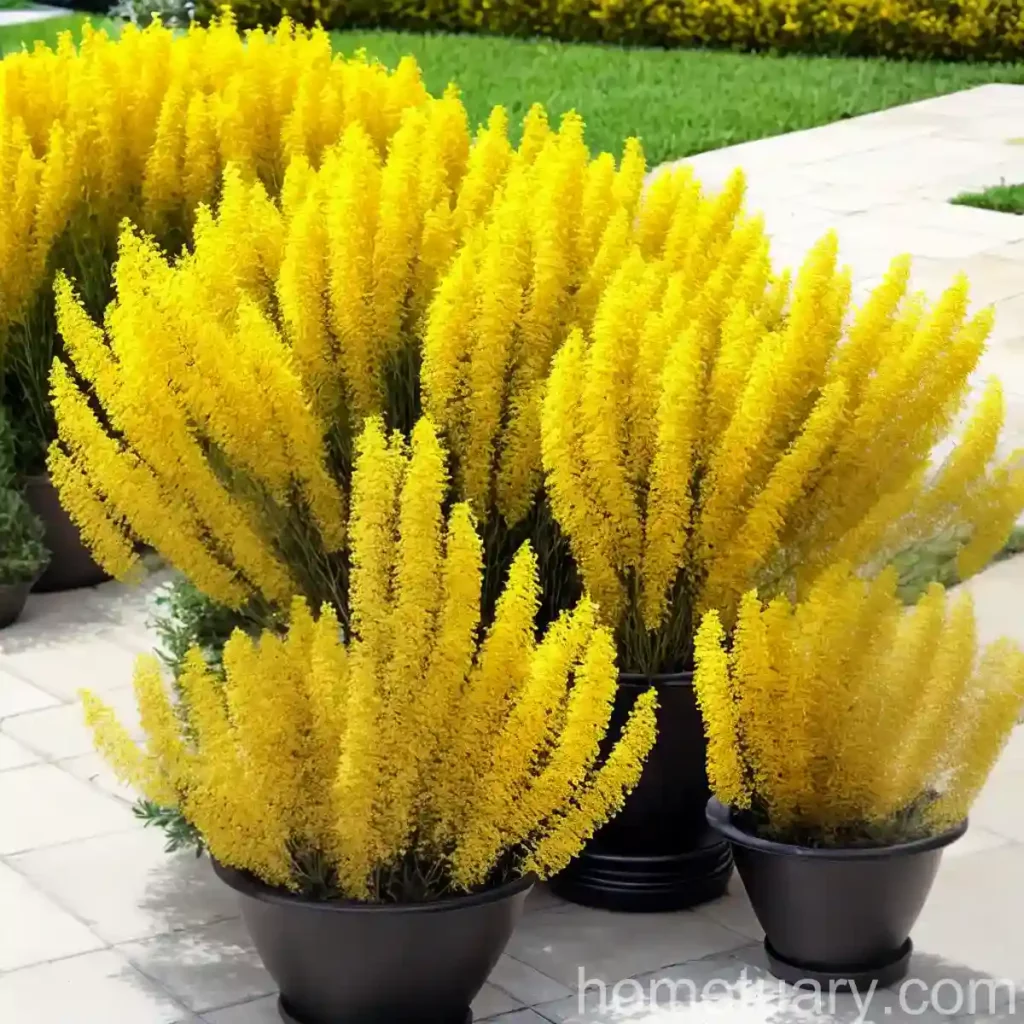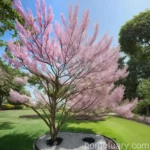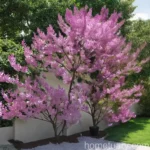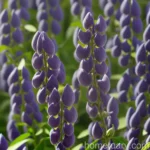Broom (Genista spachiana) – A Comprehensive Guide
Broom (Genista spachiana) is a delightful shrub that adds vibrant colors and delicate foliage to any landscape. This plant carries historical significance and cultural value, making it a popular choice for many gardeners. In this comprehensive guide, we will explore the key aspects of broom plant care, its uses, cultivation, maintenance, and much more.
What is Broom (Genista Spachiana)?
Broom, known scientifically as Genista spachiana, is a member of the Fabaceae family, which is comprised of flowering plants commonly referred to as legumes or peas. This evergreen shrub is native to the Mediterranean region and features slender green stems adorned with small, bright yellow flowers that bloom profusely in the spring.
Key Takeaways – Broom (Genista spachiana)
Before delving into the specific care and cultivation requirements of broom (Genista spachiana), let’s highlight some key takeaways about this fascinating plant:
- Common Name: Broom
- Scientific Name: Genista spachiana
- Family: Fabaceae
- Native Habitat: Mediterranean region
- Characteristics: Evergreen shrub with slender green stems and small, bright yellow flowers
- Cultural Significance: Historical and cultural value, often used in landscaping and traditional herbal remedies
Now that we have a brief overview of this enchanting shrub, let’s explore the essential aspects of its care and cultivation.
Culture
Water
Broom plants generally prefer well-drained soil and do not tolerate excessive moisture. They are well-suited to dry or sandy soils, making them an excellent choice for xeriscaping or low-water landscapes. When watering broom (Genista spachiana), it is crucial to strike a balance to prevent waterlogged conditions while ensuring the plant receives adequate hydration, especially during its initial establishment.
Sunlight
Genista spachiana thrives in full sunlight and is well-adapted to sunny and arid environments. As a sun-loving plant, broom requires at least 6-8 hours of direct sunlight daily to support healthy growth and prolific flowering. When selecting a planting location for broom, prioritize areas that receive ample sunlight throughout the day.
Fertilizer
Being a relatively low-maintenance shrub, broom plants generally do not require heavy fertilization. However, applying a balanced, slow-release fertilizer in early spring can provide a nutrient boost to support healthy growth and flowering. Avoid over-fertilizing, as this can lead to excessive vegetative growth at the expense of floral display.
Soil
Broom (Genista spachiana) prefers well-draining soil with a slightly acidic to neutral pH. Sandy or loamy soils with good aeration properties are ideal for this shrub. If the native soil is heavy or compacted, amending it with organic matter like compost or peat moss can improve drainage and overall soil structure.
Pruning
Pruning plays a crucial role in maintaining the shape and promoting abundant flowering in broom (Genista spachiana). To encourage a compact and bushy growth habit, light pruning can be performed after the flowering period. Remove any dead or damaged branches and trim back the overgrown shoots to ensure a tidy and attractive appearance.
Propagation
Propagating broom plants can be achieved through various methods such as seed propagation, softwood cuttings, or layering. Collecting seeds from mature pods and sowing them in a well-prepared seedbed can yield new broom plants. Softwood cuttings taken from healthy, young shoots in early summer can also be rooted to produce new plants. Additionally, layering—a process where a low-growing branch is covered with soil to promote root formation—can be employed for propagation.
Container Popularity
Broom (Genista spachiana) is well-suited for container gardening, making it an excellent choice for individuals with limited outdoor space or those seeking to add a burst of color to patios and balconies. When cultivating broom in containers, ensure that the pots have adequate drainage holes to prevent waterlogging. Select a well-draining potting mix and provide the plant with sufficient sunlight to support healthy growth and flowering.
Common Diseases
While broom plants are relatively resilient, they can be susceptible to certain diseases and pests. It is essential to monitor the plant for signs of foliar diseases such as powdery mildew or fungal leaf spots, especially in humid conditions. Proper air circulation, adequate spacing between plants, and avoiding overhead watering can help mitigate the risk of these diseases.
Disease Diagnosis
Diagnosing diseases in broom plants involves carefully assessing the symptoms exhibited by the plant. For instance, powdery mildew presents as a whitish powdery coating on the leaves and stems, while fungal leaf spots manifest as dark or discolored lesions on the foliage. By identifying the specific symptoms and conducting a thorough examination, an accurate diagnosis can be made, and appropriate control measures can be implemented.
Common Pests
Broom plants may encounter pests such as aphids, spider mites, and caterpillars. Regularly inspecting the plant for any signs of pest infestation, including distorted leaves, stippled foliage, or visible insects, is crucial for early detection and control. Natural predators, like ladybugs or lacewings, can help in managing aphid populations, while hosing down the plant with water can deter spider mites.
Botanist’s Tips
Tip 1: Native Planting
Consider incorporating broom (Genista spachiana) into native or Mediterranean-inspired landscapes to evoke a sense of natural harmony and ecological authenticity.
Tip 2: Wildlife Habitat
Broom plants can attract pollinators such as bees and butterflies, contributing to the overall biodiversity of the garden and supporting essential ecosystem functions.
Tip 3: Drought Tolerance
Leverage the drought tolerance of broom plants to create water-wise landscapes or xeriscapes that are both visually appealing and environmentally sustainable.
Fun Facts
- Broom (Genista spachiana) has historically been synonymous with endurance and strength, often symbolizing resilience and fortitude in various cultural contexts.
- The name “broom” is derived from the traditional use of its slender branches for making brooms, indicating the plant’s multifaceted utility.
Links to External Resources
- Royal Horticultural Society – Genista Care Guide
- University of Florida IFAS Extension – Broom (Genista spachiana) Information
The information and insights provided in this guide aim to equip both novice and experienced gardeners with a comprehensive understanding of broom (Genista spachiana) and its cultivation, care, and utilization. Whether adorning a sunny garden bed or gracing a container on a quaint terrace, the resilient and radiant presence of broom plants enriches the natural tapestry of any landscape.















